Introduction: A Delicacy Rooted in Tradition
In the vast culinary landscape of global gastronomy, certain dishes stand out not just for their taste but also for their deep-rooted cultural significance. One such dish, often revered among meat lovers and culinary enthusiasts, is sheep shank tendons—a treat that combines the rich, earthy flavors of sheep meat with the unique texture of tendons. Known by various names across different regions, sheep shank tendons are a testament to the art of slow cooking and the ability to transform tough cuts into tender, mouthwatering delicacies.
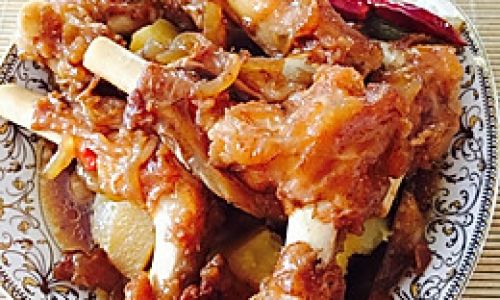
This article embarks on a culinary journey, exploring the intricacies of how to cook sheep shank tendons. From sourcing the right ingredients to mastering the cooking techniques, every step is crucial in achieving the perfect balance of flavor, texture, and aroma. Whether you’re a seasoned chef or an adventurous home cook, this guide promises to demystify the process and inspire you to create a dish that embodies both culinary skill and cultural heritage.
Understanding Sheep Shank Tendons
Before diving into the cooking process, it’s essential to understand what sheep shank tendons are. The shank refers to the lower leg of the sheep, an area that includes both meat and tendons. Tendons, being the fibrous tissues connecting muscles to bones, are naturally tough and require special treatment to become tender and edible. Despite their initial toughness, when cooked properly, sheep shank tendons offer a unique eating experience—chewy yet melt-in-your-mouth, with a rich, gelatinous texture that complements the flavors of the marinade and cooking sauce.
Sourcing and Preparation
Selecting the Right Ingredients
The first step in cooking sheep shank tendons is sourcing high-quality ingredients. Look for fresh, grass-fed sheep shanks, as they tend to have a more flavorful and healthier profile. Ideally, choose shanks with visible tendons, as these are the primary focus of the dish.
Cleaning and Trimming
Begin by thoroughly cleaning the shanks under cold running water. Remove any excess fat, sinew, or hair that might be present. Trim the shanks to a uniform size if necessary, ensuring that they will cook evenly.
Soaking and Blanching
Soaking the shanks in cold water for a few hours can help draw out impurities and blood, resulting in a cleaner flavor. After soaking, blanch the shanks in boiling water for about 10 minutes. This step not only further cleanses the meat but also tightens the proteins, preparing them for the long cooking process.
Marinating for Flavor
Choosing the Marinade Ingredients
The marinade is crucial in infusing the sheep shank tendons with flavor. Common ingredients include soy sauce, rice vinegar, garlic, ginger, black pepper, five-spice powder, and brown sugar. These ingredients not only add depth to the dish but also help tenderize the meat through enzymes and acids.
Preparing the Marinade
In a large bowl, combine all the marinade ingredients. Adjust the quantities to your taste preferences, ensuring a balance between savory, sweet, and tangy flavors. Once mixed, add the cleaned and blanched sheep shanks, ensuring they are fully submerged in the marinade.
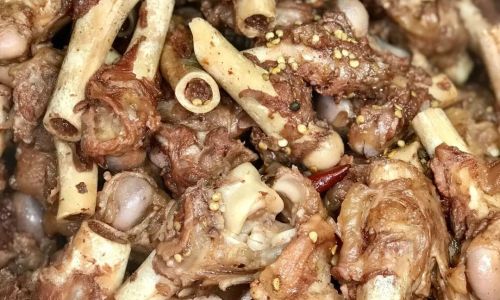
Marinating Time
Marinate the shanks for at least 4 hours, preferably overnight, in the refrigerator. This allows the flavors to penetrate deeply into the meat and tendons, enhancing both taste and texture.
Cooking Techniques: From Braising to Slow Cooking
The Importance of Low and Slow Cooking
Sheep shank tendons require low and slow cooking methods to break down their fibrous structure and achieve the desired tenderness. Braising and slow cooking are two techniques that excel in this task.
Braising in the Oven
Preheat your oven to 300°F (150°C). In a heavy-bottomed oven dish or Dutch oven, arrange the marinated shanks in a single layer. Pour over any remaining marinade and add enough water or broth to cover the shanks halfway. Cover the dish tightly with aluminum foil or a lid to retain moisture.
Place the dish in the preheated oven and cook for about 3 to 4 hours, or until the meat is very tender and the tendons are almost falling off the bone. Check the liquid level occasionally, adding more water or broth if necessary to prevent the dish from drying out.
Slow Cooking with a Crock Pot
For those who prefer the convenience of slow cookers, transfer the marinated shanks and marinade to the crock pot. Add enough water or broth to reach the halfway mark. Set the slow cooker to the low setting and cook for 6 to 8 hours, or until the meat is tender and the tendons are soft.
Finishing Touches: Sauce and Garnish
Reducing the Sauce
Once the shanks are cooked to perfection, remove them from the cooking liquid and set them aside to rest. Place the cooking liquid on the stove over medium-high heat. Bring it to a boil and let it simmer until reduced to a thick, flavorful sauce. This concentrated sauce will be poured over the shanks when serving.
Seasoning and Adjustments
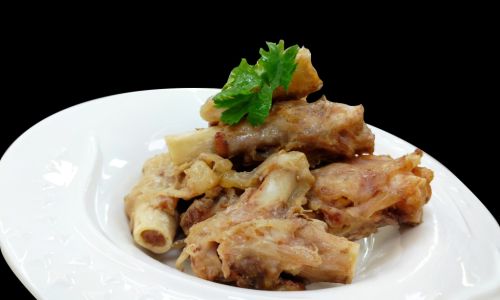
Taste the sauce and adjust the seasoning with additional soy sauce, salt, or sugar as needed. You may also add a splash of rice vinegar or lemon juice for a tangy kick.
Garnishing for Presentation
Garnishes can elevate the dish visually and add an extra layer of flavor. Consider slicing green onions, chopped cilantro, or minced garlic for topping. A drizzle of sesame oil or a sprinkle of sesame seeds can also enhance the dish’s appeal.
Serving and Enjoying
Plating the Dish
When ready to serve, slice the cooked sheep shank tendons into manageable portions, ensuring each piece includes both meat and tendons. Arrange the slices on a serving platter and pour the reduced sauce over them. Garnish with your chosen toppings.
Pairing with Side Dishes
Sheep shank tendons pair well with a variety of side dishes. Steamed rice is a classic choice, soaking up the rich sauce and complementing the tender meat. Noodles, stir-fried vegetables, or even a simple salad can also make for a satisfying meal.
Sharing the Experience
This dish is best enjoyed with family and friends, who can appreciate its unique texture and flavor profile. Share stories and culinary traditions as you savor each bite, making the meal more than just a gustatory experience but a celebration of culture and connection.
Conclusion: A Culinary Art Form
Cooking sheep shank tendons is a culinary art form that combines patience, precision, and a deep understanding of ingredients and techniques. By following the steps outlined in this guide, you can transform tough, fibrous tendons into a tender, flavorful delicacy that is sure to impress even the most discerning palate.
More than just a meal, cooking sheep shank tendons is a journey through tradition, flavor, and texture. It’s a way to connect with the culinary heritage of countless cultures and to appreciate the beauty of slow, thoughtful cooking. So, the next time you’re in the kitchen, consider embarking on this culinary adventure and discovering the magic of sheep shank tendons. Happy cooking!
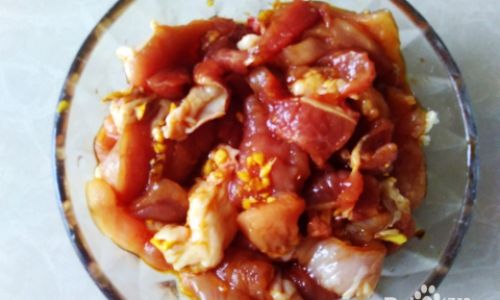
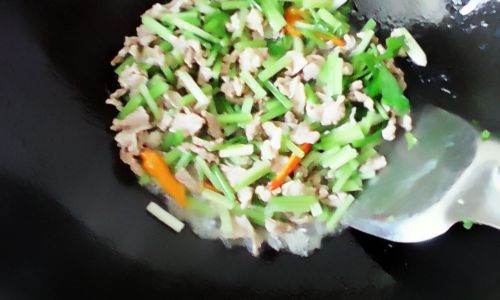
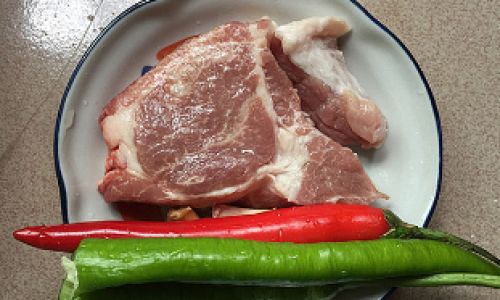
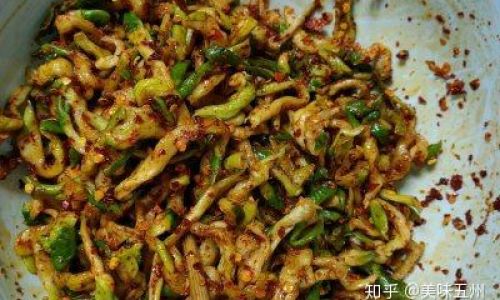
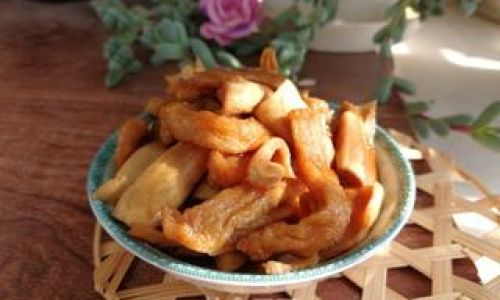
0 comments